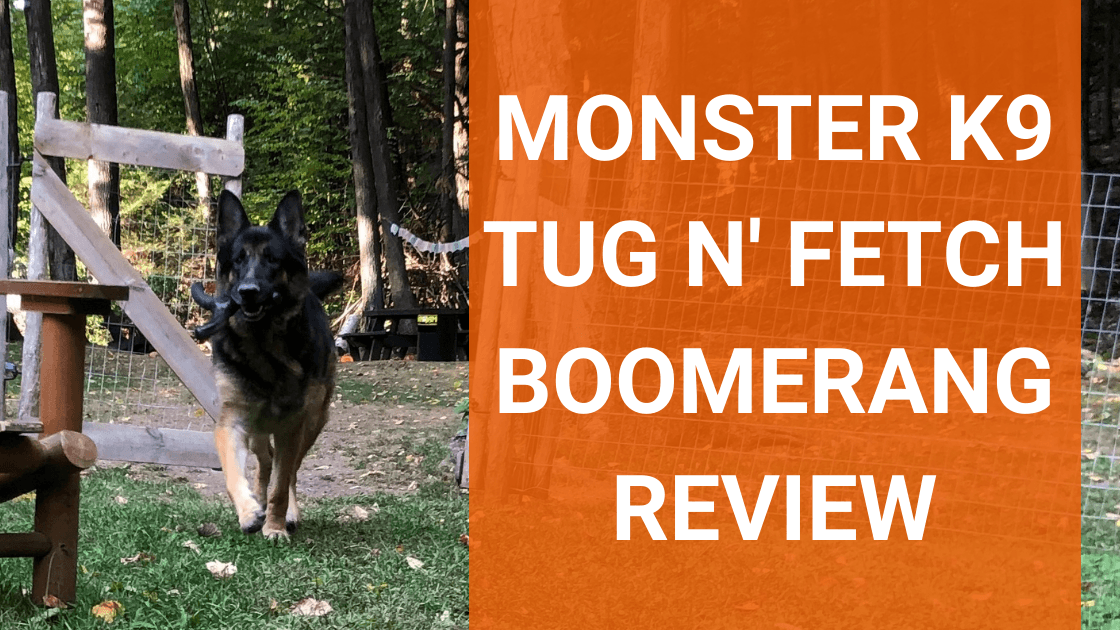Feelings of stress and anxiety are familiar to most of us humans, but many don’t realize that these feelings are also quite common (and normal) in dogs, too! Anxiety is a feeling that many dogs experience.
When seen occasionally, anxiety in dogs isn’t a big cause for concern. However if your dog’s anxious behavior becomes the norm, anxiety disorders can develop. At this point, significant steps should be taken to help your dog find relief from their anxiety.
Here, we’re going to talk about causes and signs of anxiety in dogs. We’ll look at what’s normal, and what’s not, and address when professional attention is needed.
What is anxiety in dogs?
Anxiety in dogs is a sense of worry or fear. Usually, owners suspect their dog is experiencing anxiety due to behavior. This might be unwanted behavior when the owner is away, obsessive behaviors, subtle changes in personality, or obvious signs of fear in specific situations.
Dog anxiety can be generalized, meaning a constant state of general anxiety or fear. Or your dog’s anxiety might be tied to specific situations. This might be something like any time you leave them (separation anxiety) or when you take them to the groomer or vet.
Many dogs experience anxiety from time to time, or in specific (often uncommon) scenarios, and can lead a pretty normal life. However, for some dogs, their anxiety results in destructive behavior, destructive habits, and difficulty coping with their daily life.
Related Reading: Jealousy in Dogs
Does my dog have anxiety?
As we discussed above, most owners suspect anxiety in their dog based on behavior. Dogs can’t exactly tell us that their mind is racing, heart is beating, or stomach is flip-flopping, the way a human might describe their anxiety.
But even so, it’s usually not too hard to tell if your dog might have some issues with anxiety going on. Let’s take a look at some signs of anxiety in dogs.
Signs of anxiety in dogs
- Destructive behavior when left alone: this can include destructive chewing, scratching, getting into things, making messes, tearing things apart, attempts to escape
- Excessive howling, barking, whining: this is often seen in separation anxiety when dogs are left alone (whether it’s for 5 minutes or 8 hours). You may also see it if your dog has fear anxiety
- Pacing: you may see your dog walking circles, going back and forth across a room, or just generally be unable to settle (getting up and down frequently)
- Shaking and trembling: dogs with anxiety may shake or appear to be shivering
- Panting: some dogs pant or drool excessively when they are feeling anxious
- Hiding/removing themselves from situations: if your dog is feeling uneasy about a situation they may remove themselves (and this should be respected), some dogs attempt to hide when they are anxious. For example: our late yellow lab would hide in bath tubs or in the interior stairwell of our basement during thunderstorms due to anxiety
- Nervous/scared body language: this would include ears back, tail between the legs
- Repetitive behaviors: things like digging or scratching
- Compulsive behaviors: this usually involves chewing or licking. Often it might be licking or chewing at their own legs or bodies resulting in painful sores
- Suddenly going to the bathroom in the house: when dogs experience significant anxiety they may begin peeing or defecating in the house
- Aggression: this most concerning sign of anxiety is aggression. This might be towards other dogs or people. Often dogs get labeled with “leash aggression” and the root of this is actually anxiety towards other dogs
Causes of dog anxiety
As you begin to dive into your dog’s anxiety, understanding the root cause is key to helping them cope and figuring out a treatment that works. Usually, anxiety in dogs is rooted in fear, separation, illness, or age. In some cases, your dog’s anxiety may be caused by more than one of these issues. Or one might stem into some of the others.
- Separation induced anxiety in dogs: this is when your dog displays signs of anxiety any time they are left alone. Often, it doesn’t matter how long your dog is alone. In some cases, it may even occur when you go to the other room, or another floor of the house without your dog
- Fear induced anxiety in dogs (also situational anxiety): this anxiety is associated with a place, situation, or other trigger. Some possible examples: vet, groomer, unknown people, unknown dogs, large groups of dogs, dogs bigger than they are, loud noises (thunder, fireworks, gunshots), appliances/household tools (drill, vacuum, dishwasher), or any situation that resulted in pain or scared them in some way
- Illness induced anxiety in dogs: if your dog is ill, in pain, or in distress, you may see signs of anxiety
- Age induced anxiety in dogs: as dogs age, anxiety often develops or becomes more pronounced. This might be due to dulled senses, less mobility, or pain and discomfort. Often, age anxiety can be explained by another one of the causes on this list (read more about caring for senior dogs)
Dogs rescued from shelters offer suffer from anxiety. This gets labeled as rescue-dog anxiety, but usually is rooted in one of the four other causes. However, it can be difficult to pinpoint because their pasts may be unknown.
Dog anxiety treatment
Luckily, there is a lot you can do to help your dog cope with their anxiety. Here are some of the top recommendations:
- Make sure your dog is well exercised, stimulated, and be sure there is a lot of intentional one-on-one time with your dog when you are home
- Crate or confine your dog while you are away to keep them, and your home, safe from destructive behavior
- Muzzle your dog when you’re out in public with your dog if aggression is an issue. Muzzles often get a bad wrap when in reality they are the sign of a responsible owner! With your dog muzzled, you won’t be concerned about your dog potentially injuring someone or another dog. You will be less anxious, and therefore you’ll send calm, confident body language to your dog.
- Work with a professional trainer on problem areas. For example: leash aggression, greeting other dogs, people coming to your home, or time when you leave the house can all be associated with anxiety. A trainer can help you work through tough spots
- Stop yourself from making a big deal when you come and go. By doing this, you’re sending the message that it is a stressful and important act
- Work on separation anxiety by leaving for short amounts of time and gradually increasing the time you are away. This will help your dog trust that you will come back. This is especially effective with newly adopted or fostered dogs
- Desensitize your dog from sources of anxiety. This usually involves repeated, short exposures that are full of lots of positive attention and rewards. For example, practice going to the vet or groomer often, but making it short and super positive
- Avoid significant triggers when possible. Of course, this isn’t going to work for every situation, but it can work sometimes. For example, if your dog has anxiety when they’re around other dogs on leash, try to walk during off-peak times or in areas that aren’t very popular. If they don’t like large groups of dogs, don’t go to the dog park
- Consider medication or supplements. There are a number of options that are available over the counter or via prescription from your vet. Many human anti-anxiety medications are approved for dogs (like Prozac) and can be effective in severe cases. A lot of owners also report success with CBD for dogs as a treatment for anxiety, you can learn more about using CBD for dogs to see if it could be worth trying
- Talk to you vet! If your dog’s anxiety is interfering with your or their daily life it’s important to get them involved in treatment. This might just be brainstorming things you can do at home, suggestions for trainers that specialize in anxiety, or medication recommendations
Anxiety in dogs can be challenging
If your dog is suffering from anxiety, I know how challenging this can be. You might be frustrated with the unwanted behaviors and feeling horrible about what your dog is going through.
It’s not always easy to address dog anxiety, but with some trial and error you can figure out something that can help them cope. It will probably involve a few different solutions and some dedication, but I know that you will see some improvement!



